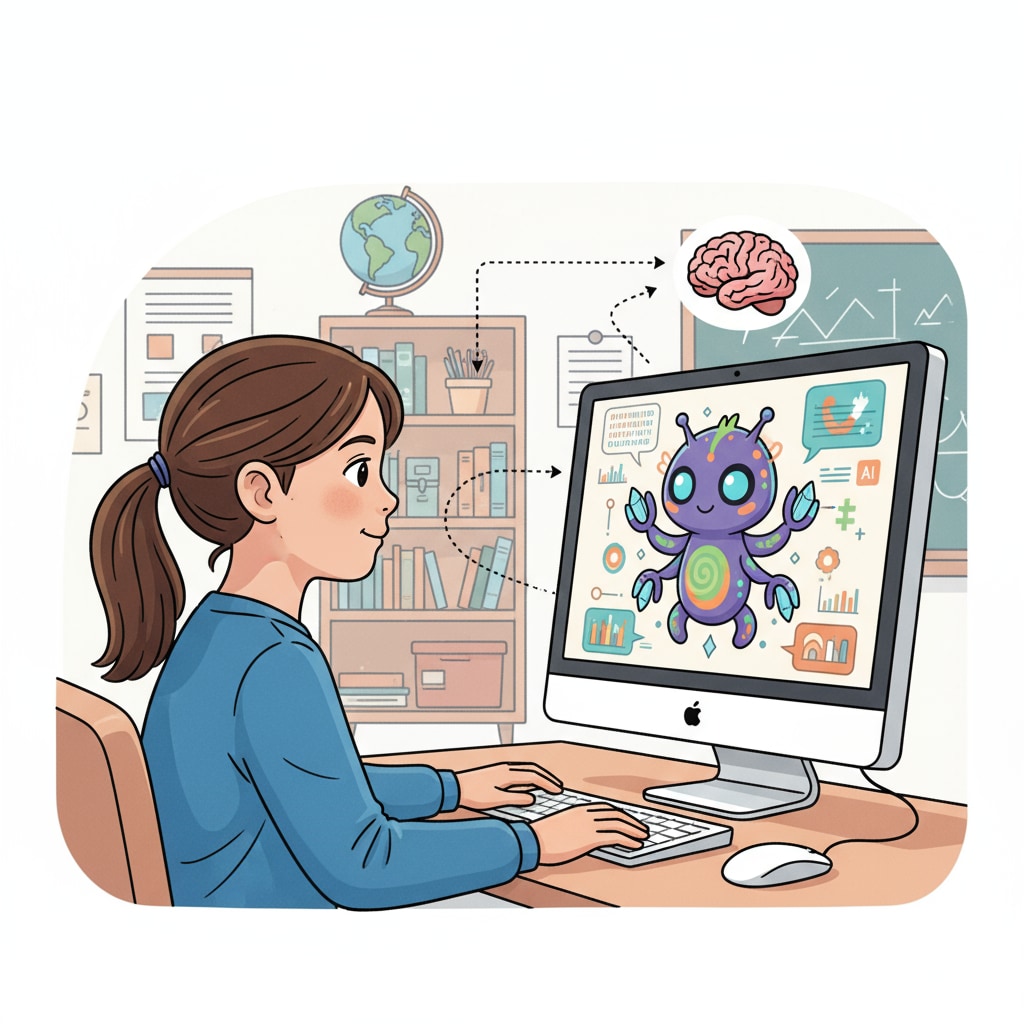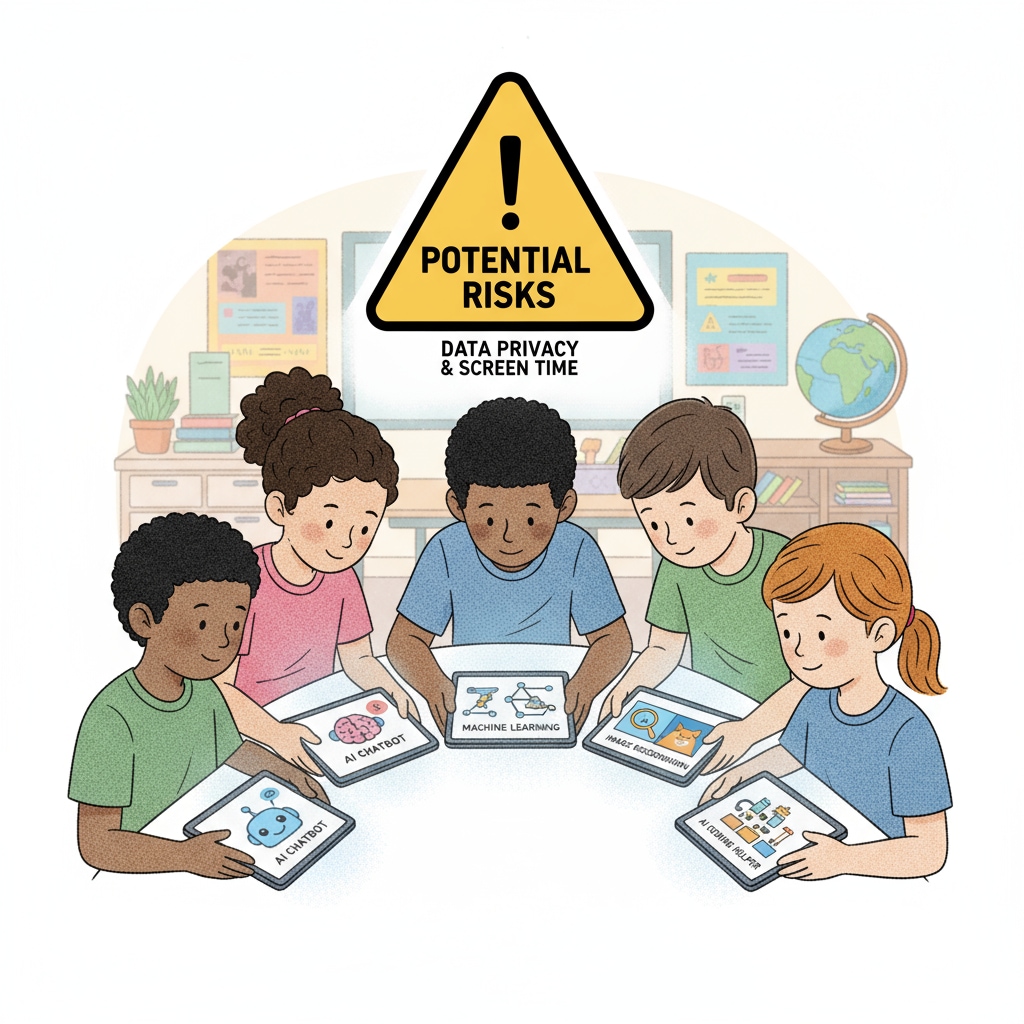In the digital age, the concepts of AI avatars, child safety, and technological exploration are intertwined. As artificial intelligence continues to permeate various aspects of our lives, children are not immune to its allure. For instance, a 9-year-old girl recently created her own AI avatar, highlighting the increasing involvement of kids in the AI realm. This growing trend, while exciting, also raises significant safety concerns.

The Allure of AI for Children
AI offers a world of creativity and exploration for children. The ability to generate unique AI avatars allows kids to express themselves in new ways. They can transform into different characters or create fantastical versions of themselves. Moreover, educational AI tools are making learning more interactive. For example, some apps use AI to adapt to a child’s learning pace, making it an appealing option for young minds. According to Artificial Intelligence on Britannica, the simplicity and novelty of AI interfaces draw children in, making it easy for them to start exploring.
Security Risks Faced by Children in the AI World
However, this exploration comes with risks. One major concern is data privacy. When children create AI avatars or use AI services, their personal information, such as photos, voices, and preferences, may be collected. This data could be misused by malicious actors. Additionally, AI-generated content might not always be appropriate for children. There’s a risk of exposure to false information, violence, or inappropriate images. As stated on Artificial Intelligence Safety on Wikipedia, ensuring child safety in the face of these potential threats is crucial.

Another risk is the potential for AI to influence a child’s perception of reality. For example, highly realistic AI avatars might make it difficult for kids to distinguish between what’s real and what’s virtual. This could impact their social and emotional development.
Readability guidance: We’ve used short paragraphs to clearly present ideas. For the risks, we’ve listed them out for easy understanding. Transition words like ‘however’ and ‘additionally’ help connect thoughts.


